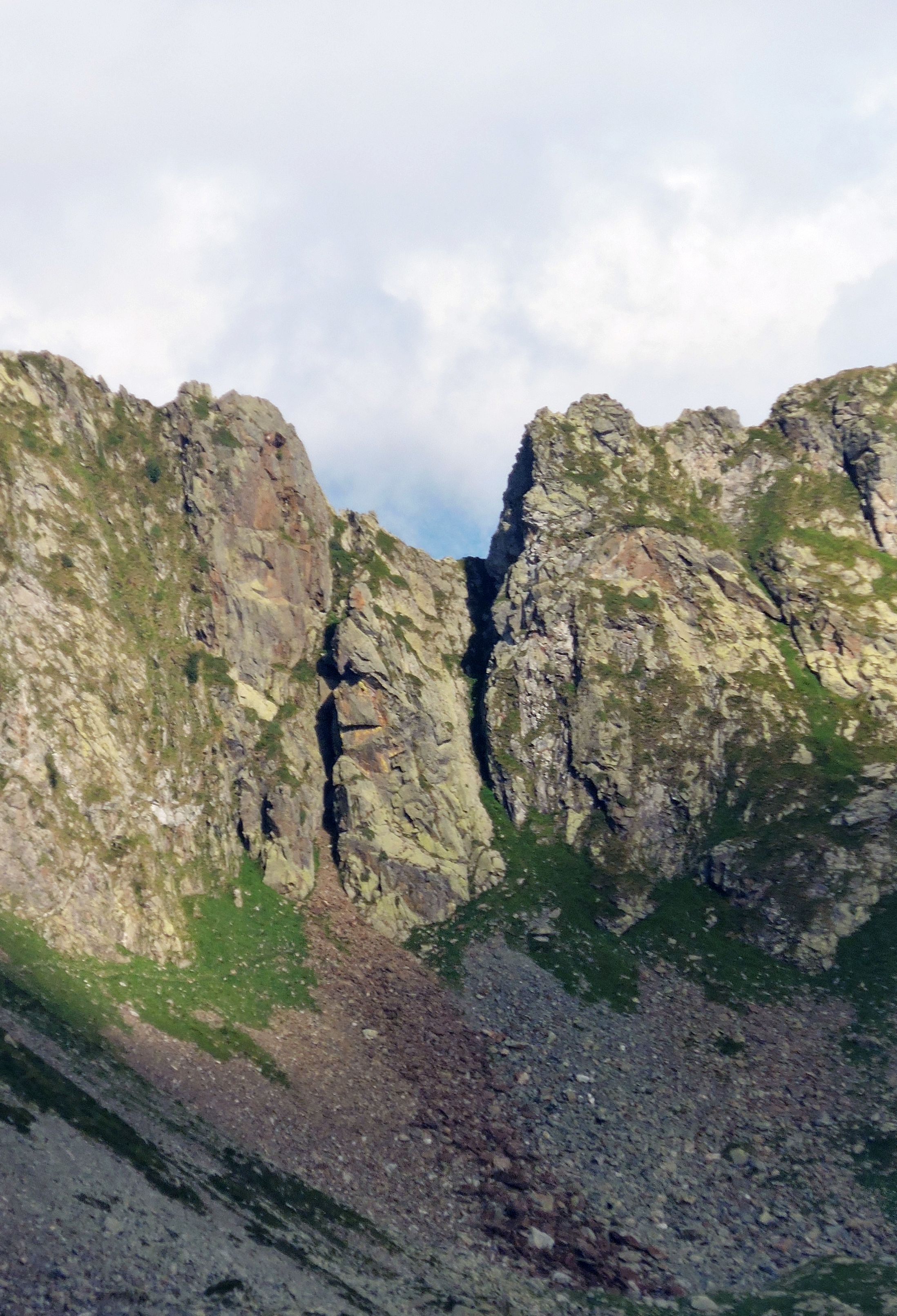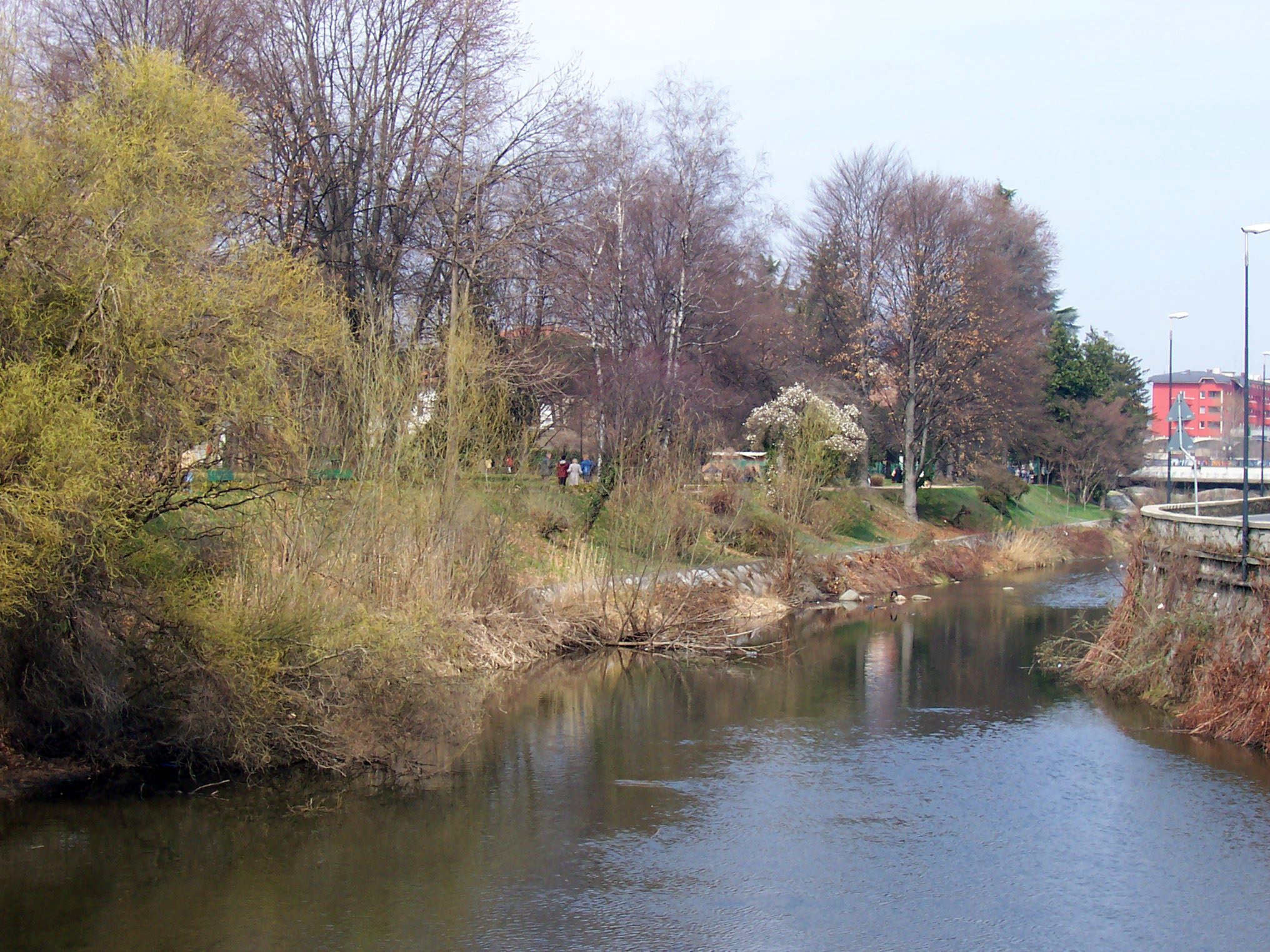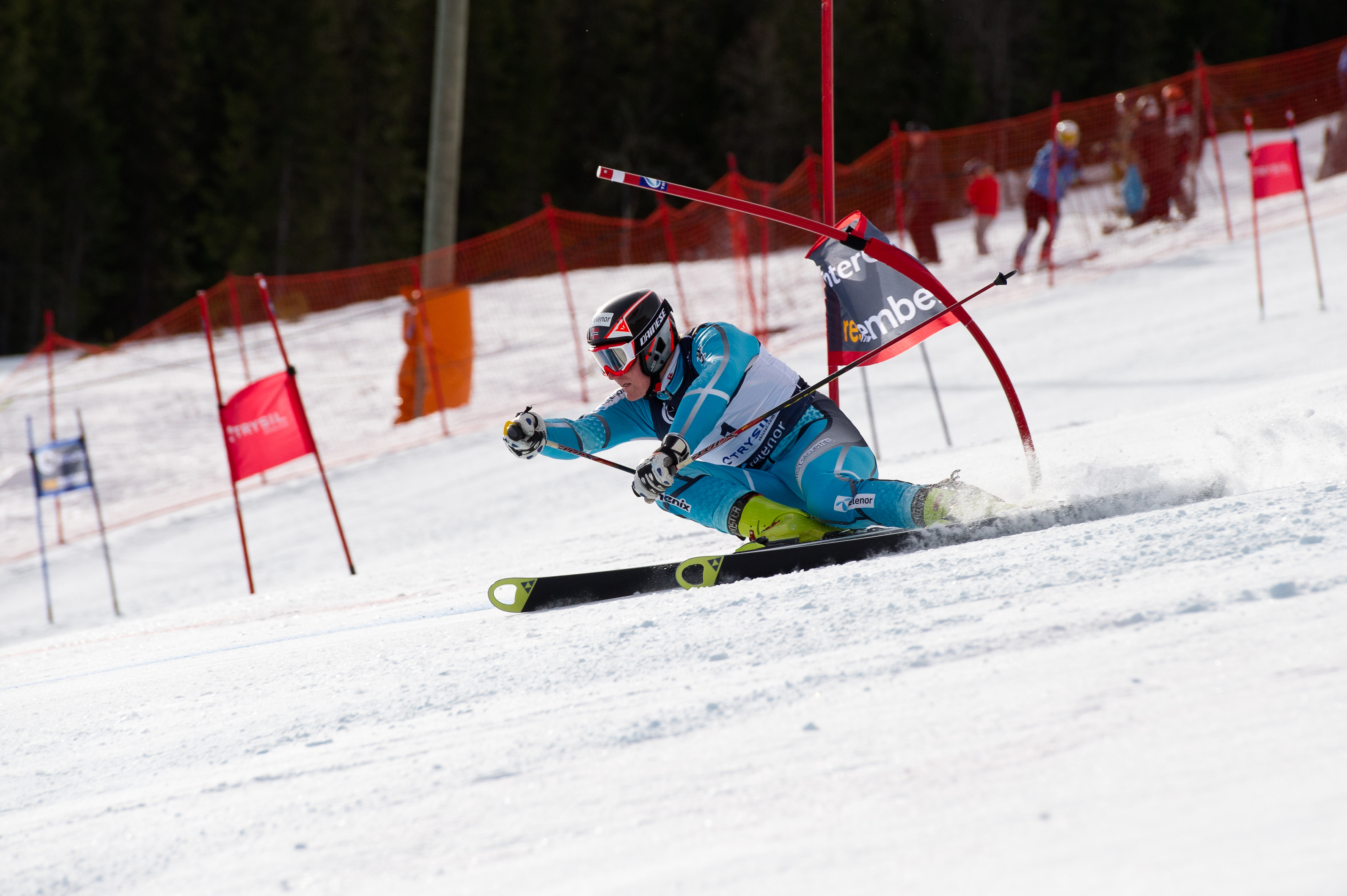|
Mottarone
Mottarone is a mountain in the Western Alps of Piedmont, north-western Italy, with an elevation of 1,492 m. It is located between the province of Verbano-Cusio-Ossola and that of Novara. Geography The peak is in the communal territory of Stresa, between the Lake Orta and Lake Maggiore. The source of the Agogna river is located in the mountain. The Mottarone area is known for the production of cheese, the most renowned of which is the Toma del Mottarone. SOIUSA classification According to the SOIUSA (''International Standardized Mountain Subdivision of the Alps'') the mountain can be classified in the following way: * main part = Western Alps * major sector = North Western Alps * section = Pennine Alps * subsection = Southern Valsesia Alps * supergroup = Alpi Cusiane * group = Massiccio del Mottarone * code = I/B-9.IV-B.4 Access to the summit Prior to May 2021 the peak of Mottarone could be reached by a 20-minute ride on the Stresa-Alpino-Mottarone Cable Car cablew ... [...More Info...] [...Related Items...] OR: [Wikipedia] [Google] [Baidu] |
Stresa–Alpino–Mottarone Cable Car
The Stresa-Alpino-Mottarone Cable Car (Italian: ''Funivia Stresa-Alpino-Mottarone'') is an aerial tramway cable transport located in the commune of Stresa in the Piedmont region of Italy. First opened in 1970, the aerial tramway connects Stresa, located on the shores of Lake Maggiore, to the summit of the Mottarone mountain. The Stresa-Alpino-Mottarone Cable Car transported approximately 100,000 passengers per year, prior to the COVID-19 pandemic in Italy. The aerial tramway was a major regional tourist attraction until the Stresa-Mottarone cable car disaster on 23 May 2021. Route The Stresa–Alpino–Mottarone Cable Car begins at the Lido di Carciano piazza on the shores of Lake Maggiore in Stresa. The tramway then ascends approximately to the village of , where an intermediate cable car station and the adjacent Giardino Botanico Alpinia are located. The second half of the Stresa–Alpino–Mottarone Cable Car continues from Alpino to a station just below the summit of ... [...More Info...] [...Related Items...] OR: [Wikipedia] [Google] [Baidu] |
Stresa
Stresa is a town and ''comune'' of about 4,600 residents on the shores of Lake Maggiore in the province of Verbano-Cusio-Ossola in the Piedmont region of northern Italy, about northwest of Milan. It is situated on road and rail routes to the Simplon Pass. History The name of the town first appeared in documents on January 15, AD 998 as "STRIXSYA". Later "STREXIA", "STREXA", and "STRESIA" were also used.. In the 15th century, it grew into a fishing community and owed feudal allegiance to the House of Visconti of Milan. It subsequently came under the control of the Borromeo family. In 1948 American author and journalist Ernest Hemingway visited the town. He had set part of his 1929 novel ''Farewell to Arms'' in the Grand Hotel des Iles Borromees. In 2002, Stresa hosted the 10th International Hemingway Conference. Stresa has played host to a number of political conferences in the 20th century, including in: *1935: the UK, Italy and France re-affirm the Treaty of Locarno and ag ... [...More Info...] [...Related Items...] OR: [Wikipedia] [Google] [Baidu] |
Alpi Cusiane
The Alpi Cusiane (or ''Prealpi Cusiane'') are a sub-range of the Pennine Alps located in Piemonte (Italy). Etymology ''Alpi Cusiane'' literally means ''Alps of Cusio''; ''Cusio'' is the geographical and historical area surrounding Lake of Orta, nowadays part of the province of Verbano-Cusio-Ossola. Geography Administratively the westernmost part of the range belongs to the province of Vercelli, the southern part to province of Novara and the eastern and central ones to province of Verbano-Cusio-Ossola. Borders Borders of the Alpi Cusiane are (clockwise): * Varallo Sesia, Mastallone creek, Tesslu pass, Strona creek, Gravellona Toce (north), * Lago Maggiore (east), * Po plain between Arona and Gattinara (south), * Valsesia from Gattinara to Varallo Sesia (west). SOIUSA classification According to SOIUSA (''International Standardized Mountain Subdivision of the Alps'') the mountain range is an Alpine supergroup classified in the following way: * main part = Western Alp ... [...More Info...] [...Related Items...] OR: [Wikipedia] [Google] [Baidu] |
Lake Maggiore
Lake Maggiore (, ; it, Lago Maggiore ; lmo, label= Western Lombard, Lagh Maggior; pms, Lagh Magior; literally 'Greater Lake') or Verbano (; la, Lacus Verbanus) is a large lake located on the south side of the Alps. It is the second largest lake in Italy and the largest in southern Switzerland. The lake and its shoreline are divided between the Italian regions of Piedmont and Lombardy and the Swiss canton of Ticino. Located halfway between Lake Orta and Lake Lugano, Lake Maggiore extends for about between Locarno and Arona. The climate is mild in both summer and winter, producing Mediterranean vegetation, with many gardens growing rare and exotic plants. Well-known gardens include those of the Borromean and Brissago Islands, that of the Villa Taranto in Verbania, and the Alpinia Botanical Garden above Stresa. Lake Maggiore is drained by the Ticino, a main tributary of the Po. Its basin also collects the waters of several large lakes, notably Lake Lugano (through ... [...More Info...] [...Related Items...] OR: [Wikipedia] [Google] [Baidu] |
Agogna
The Agogna (in Piedmontese ''Agògna'') is a stream which runs through the Italian regions of Piedmont and Lombardy. It is a left side tributary of the river Po.''The Times'' (2003), ''Comprehensive Atlas of the World'', 11th edition, Times Books, Plate 76 (F5). Course The river's origin is in the area between Lake Orta and Lake Maggiore in the province of Verbano-Cusio-Ossola. It then flows south into the province of Novara and flows past Borgomanero and Cureggio before being joined by a branch of the Terdoppio. The river continues to flow south past Caltignaga and Novara. The river then crosses into the province of Pavia and into the Lomellina area (in the communes of Castello d'Agogna and Lomello) and receives its left tributary, the Erbognone. Finally, the river flows into the Po at Balossa Bigli, part of the ''comune The (; plural: ) is a local administrative division of Italy, roughly equivalent to a township or municipality. It is the third-level ... [...More Info...] [...Related Items...] OR: [Wikipedia] [Google] [Baidu] |
Verbania
Verbania (, , ) is the most populous ''comune'' (municipality) and the capital city of the province of Verbano-Cusio-Ossola in the Piedmont region of northwest Italy. It is situated on the shore of Lake Maggiore, about north-west of Milan and about from Locarno in Switzerland. It had a population of 30,827 at 1 January 2017. History The area has been inhabited since prehistoric times. The oldest known people living in the area were the Lepontii.Direzione comunicazione istituzionale dell'assemblea regionale, Comuni della provincia del Verbano-Cusio-Ossola, Consiglio Regionale del Piemonte, 2012 The area was added to the Roman Empire by Emperor Augustus in the first century AD. In the eleventh century the area was controlled by the bishops of Novara, then by the counts of Pombia. In 1152 Federico Barbarossa gave the area to the Castello family. After the death of Frederick Barbarossa, the territory was again controlled by Novara. By the fourteenth century, the area had b ... [...More Info...] [...Related Items...] OR: [Wikipedia] [Google] [Baidu] |
Giant Slalom
Giant slalom (GS) is an alpine skiing and alpine snowboarding discipline. It involves skiing between sets of poles ("gates") spaced at a greater distance from each other than in slalom but less than in Super-G. Giant slalom and slalom make up the technical events in alpine ski racing. This category separates them from the speed events of Super-G and downhill. The technical events are normally composed of two runs, held on different courses on the same ski run. Course The vertical drop for a GS course must be for men, and for women. The number of gates in this event is 56–70 for men and 46–58 for women. The number of direction changes in a GS course equals 11–15% of the vertical drop of the course in metres, 13–18% for children. As an example, a course with a vertical drop of would have 33–45 direction changes for an adult race. Speed Although giant slalom is not the fastest event in skiing, on average a well-trained racer may reach average speeds of . Equipmen ... [...More Info...] [...Related Items...] OR: [Wikipedia] [Google] [Baidu] |
Ski Resort
A ski resort is a resort developed for skiing, snowboarding, and other winter sports. In Europe, most ski resorts are towns or villages in or adjacent to a ski area – a mountainous area with pistes (ski trails) and a ski lift system. In North America, it is more common for ski areas to exist well away from towns, so ski resorts usually are destination resorts, often purpose-built and self-contained, where skiing is the main activity. Ski resort Ski resorts are located on both Northern and Southern Hemispheres on all continents except Antarctica. They typically are located on mountains, as they require a large slope. They also need to receive sufficient snow (at least in combination with artificial snowmaking, unless the resort uses dry ski slopes). High concentrations of ski resorts are located in the Alps, Scandinavia, western and eastern North America, and Japan. There are also ski resorts in the Andes, scattered across central Asia, and in Australia and New Zea ... [...More Info...] [...Related Items...] OR: [Wikipedia] [Google] [Baidu] |
Rack And Pinion
A rack and pinion is a type of linear actuator that comprises a circular gear (the '' pinion'') engaging a linear gear (the ''rack''). Together, they convert rotational motion into linear motion. Rotating the pinion causes the rack to be driven in a line. Conversely, moving the rack linearly will cause the pinion to rotate. A rack and pinion drive can use both straight and helical gears. Though some suggest helical gears are quieter in operation, no hard evidence supports this theory. Helical racks, while being more affordable, have proven to increase side torque on the datums, increasing operating temperature leading to premature wear. Straight racks require a lower driving force and offer increased torque and speed per percentage of gear ratio which allows lower operating temperature and lessens viscal friction and energy use. The maximum force that can be transmitted in a rack and pinion mechanism is determined by the tooth pitch and the size of the pinion as well as the gear ... [...More Info...] [...Related Items...] OR: [Wikipedia] [Google] [Baidu] |
Downhill Skiing
Alpine skiing, or downhill skiing, is the pastime of sliding down snow-covered slopes on skis with fixed-heel bindings, unlike other types of skiing (cross-country, Telemark, or ski jumping), which use skis with free-heel bindings. Whether for recreation or for sport, it is typically practiced at ski resorts, which provide such services as ski lifts, artificial snow making, snow grooming, restaurants, and ski patrol. "Off-piste" skiers—those skiing outside ski area boundaries—may employ snowmobiles, helicopters or snowcats to deliver them to the top of a slope. Back-country skiers may use specialized equipment with a free-heel mode, including 'sticky' skins on the bottoms of the skis to stop them sliding backwards during an ascent, then locking the heel and removing the skins for their descent. Alpine skiing has been an event at the Winter Olympic Games since 1936. A competition corresponding to modern slalom was introduced in Oslo in 1886. Participants and venues As ... [...More Info...] [...Related Items...] OR: [Wikipedia] [Google] [Baidu] |
Mountains Of The Alps
This page tabulates only the most prominent mountains of the Alps, selected for having a topographic prominence of ''at least'' , and all of them exceeding in height. Although the list contains 537 summits, some significant alpine mountains are necessarily excluded for failing to meet the stringent prominence criterion. The list of these most prominent mountains is continued down to 2500 m elevation at List of prominent mountains of the Alps (2500–2999 m) and down to 2000 m elevation on List of prominent mountains of the Alps (2000–2499 m). All such mountains are located in either France, Italy, Switzerland, Liechtenstein, Austria, Germany or Slovenia, even in some lower regions. Together, these three lists include all 44 ultra-prominent peaks of the Alps, with 19 ultras over 3000m on this page. For a definitive list of all 82 the highest peaks of the Alps, as identified by the International Climbing and Mountaineering Federation (UIAA), and often referred to as the ' ... [...More Info...] [...Related Items...] OR: [Wikipedia] [Google] [Baidu] |








